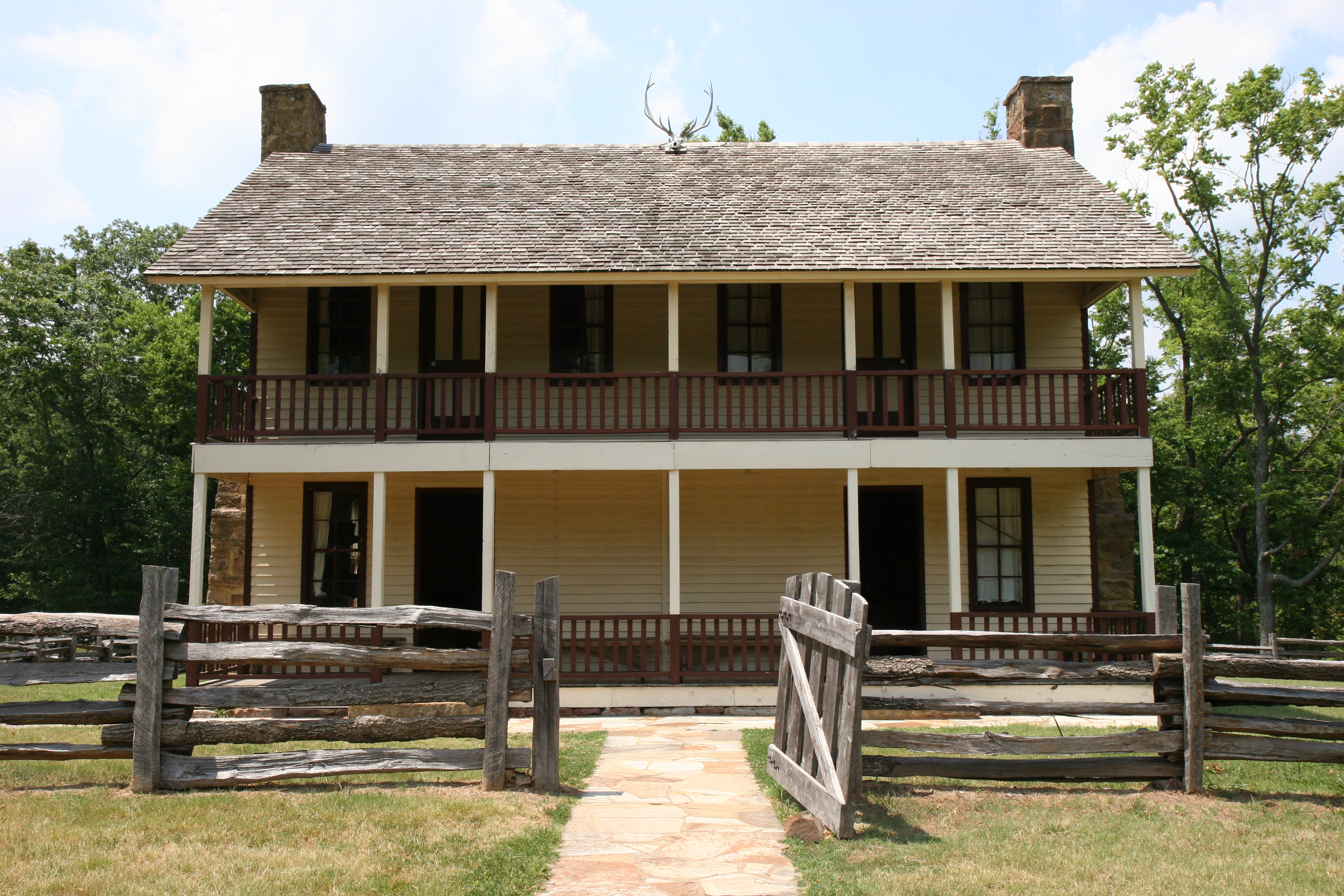
Used as a field hospital during the Battle of Pea Ridge, the Elkhorn Tavern is a focal point at Pea Ridge National Military Park.
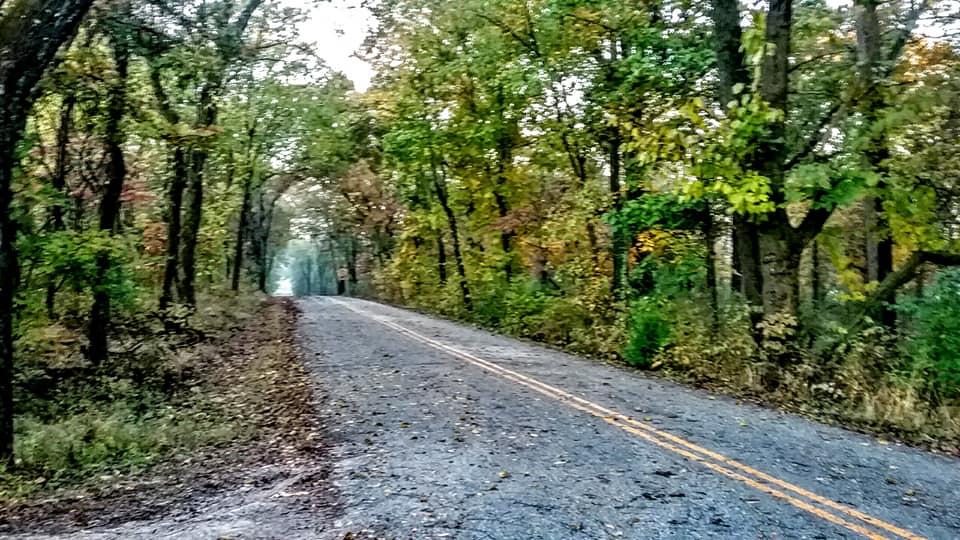
Park tour road in the fall.
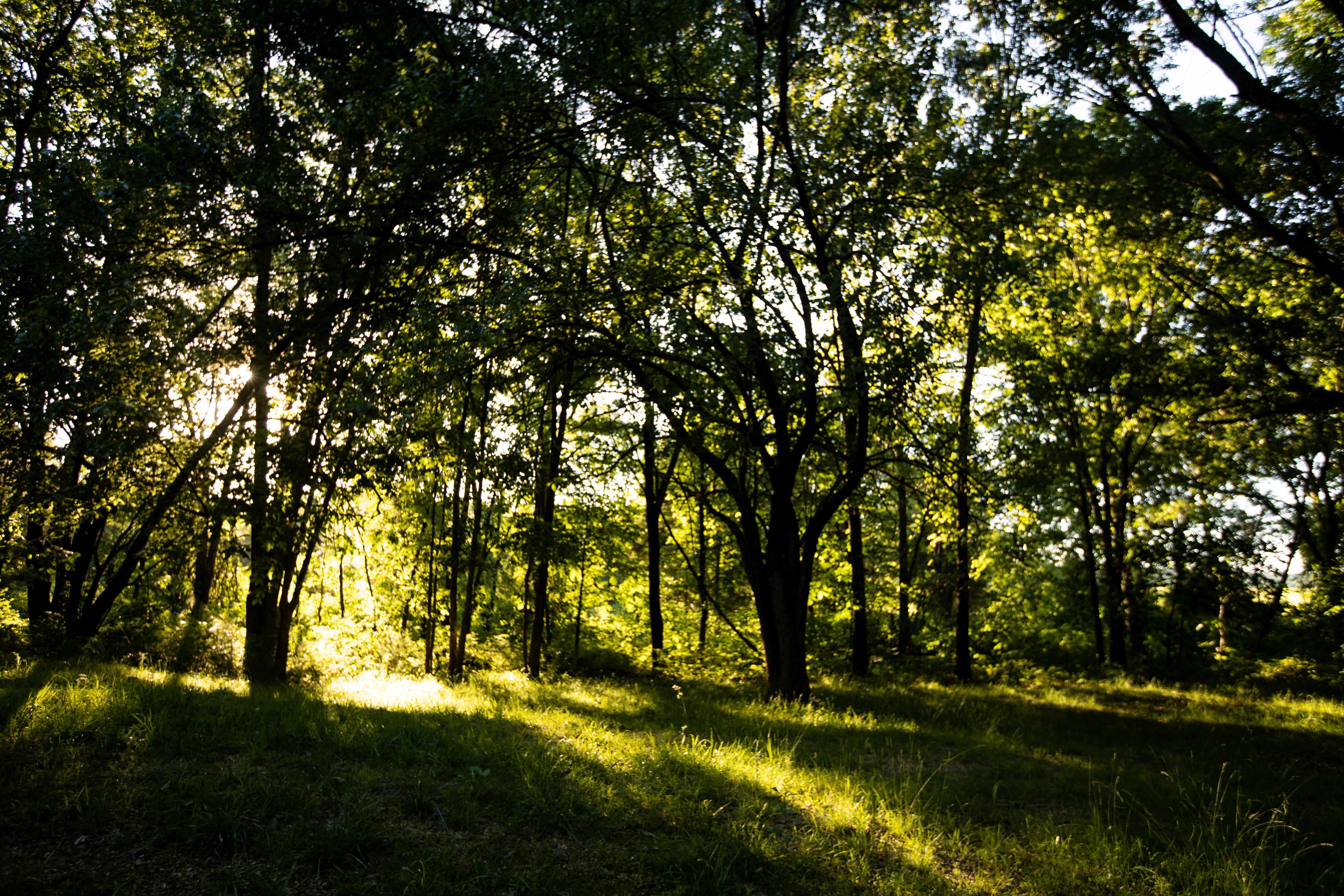
Photo taken at sunset showing the deep green trees.
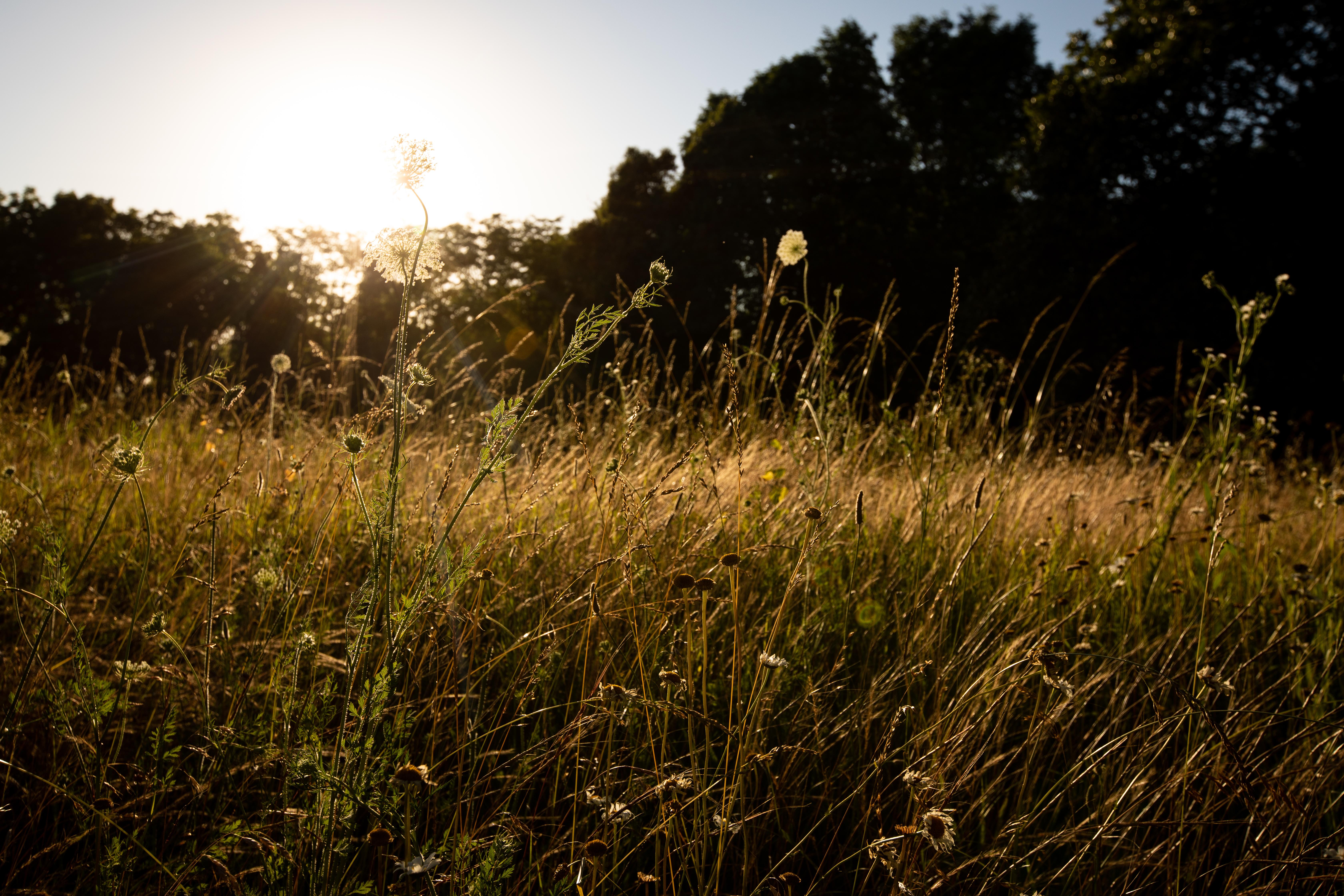
Silent Field is a photo that shows the sun setting over the golden grass of the battlefield. Men fought and died in this field, on a cold day in March of 1862.
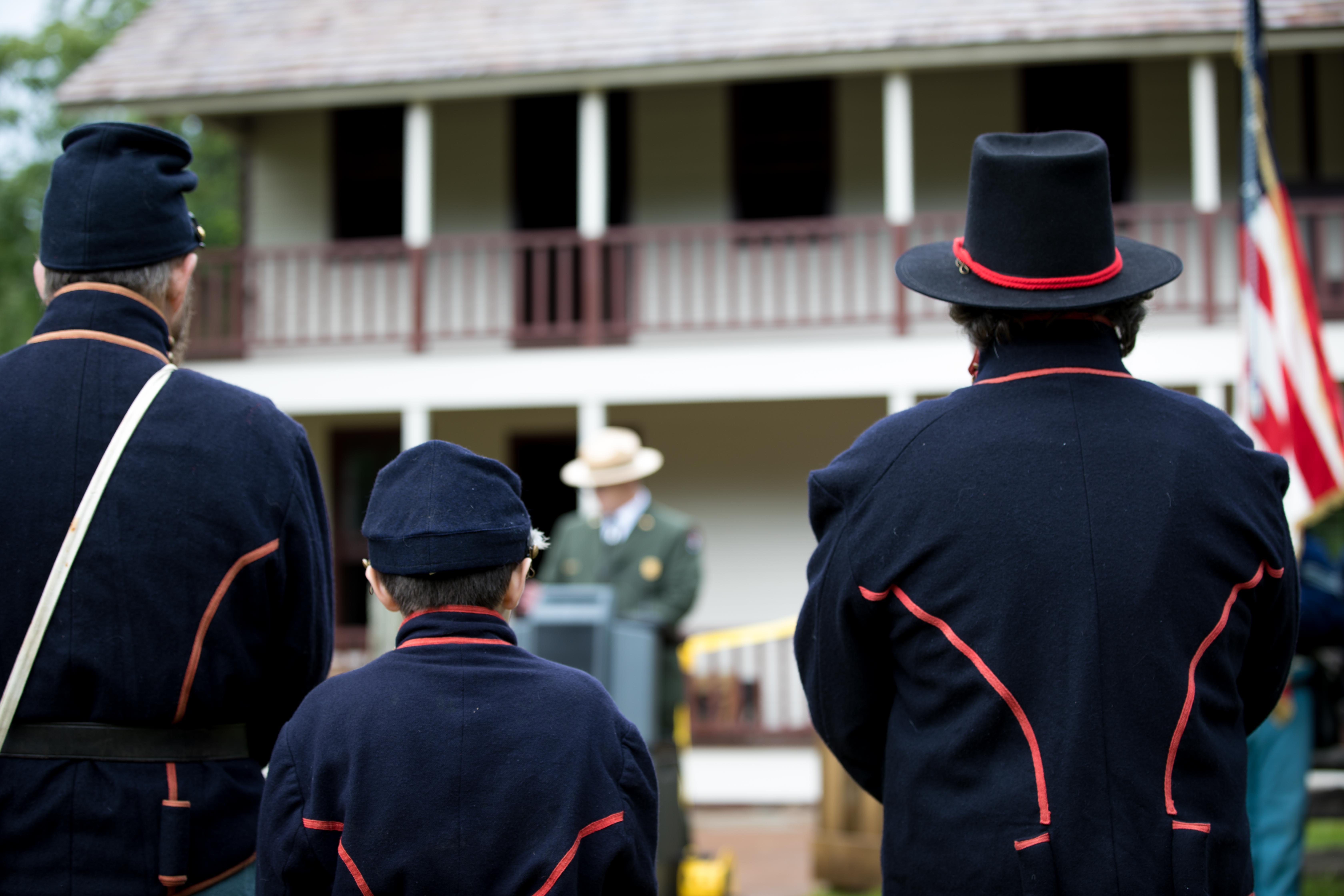
Photo of Union Union artilleryman reenactors standing in front of the Elkhorn Tavern for the rededication of the building.
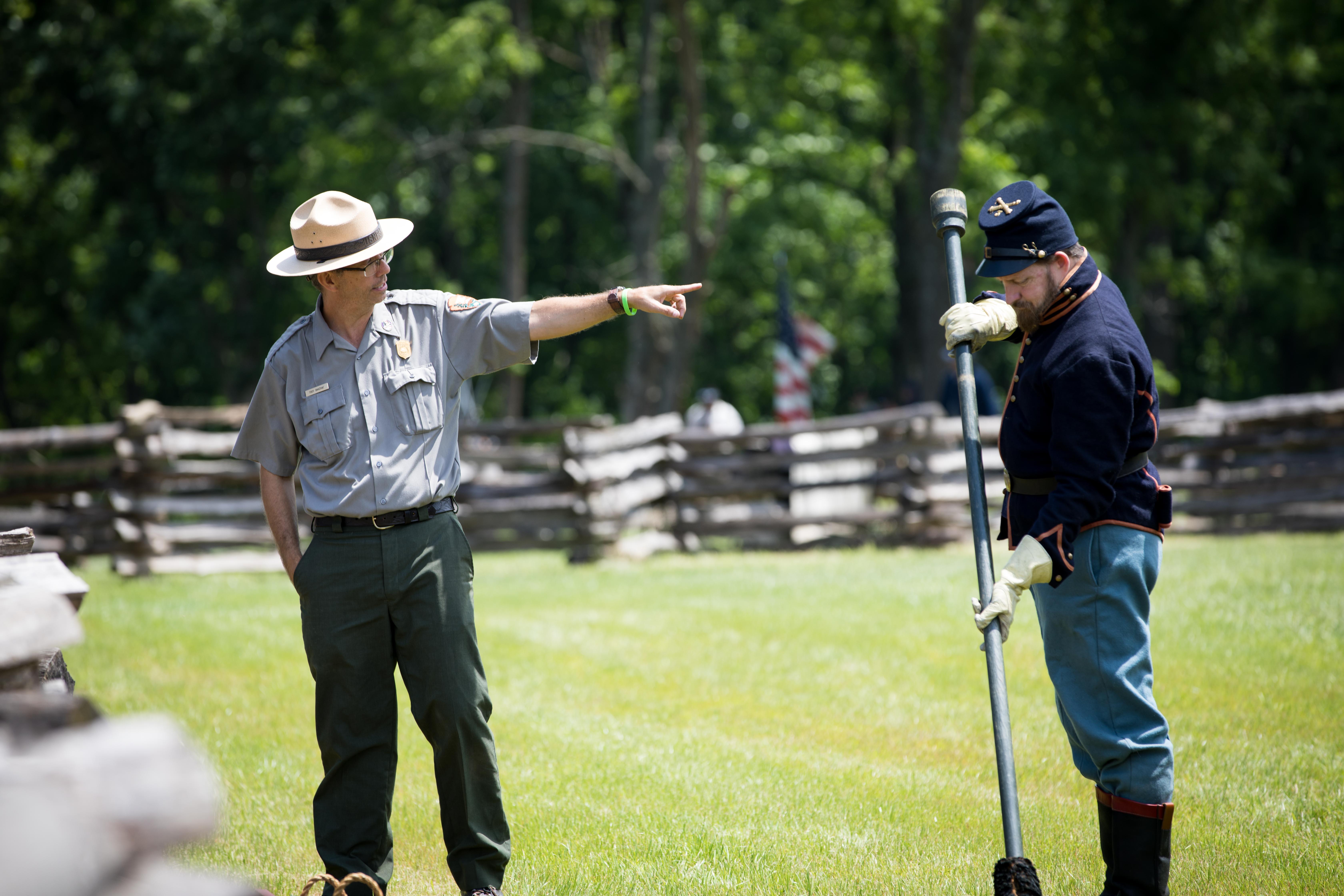
Ranger Troy Banzhaf giving information about 6 lb. cannon and cannon crew.
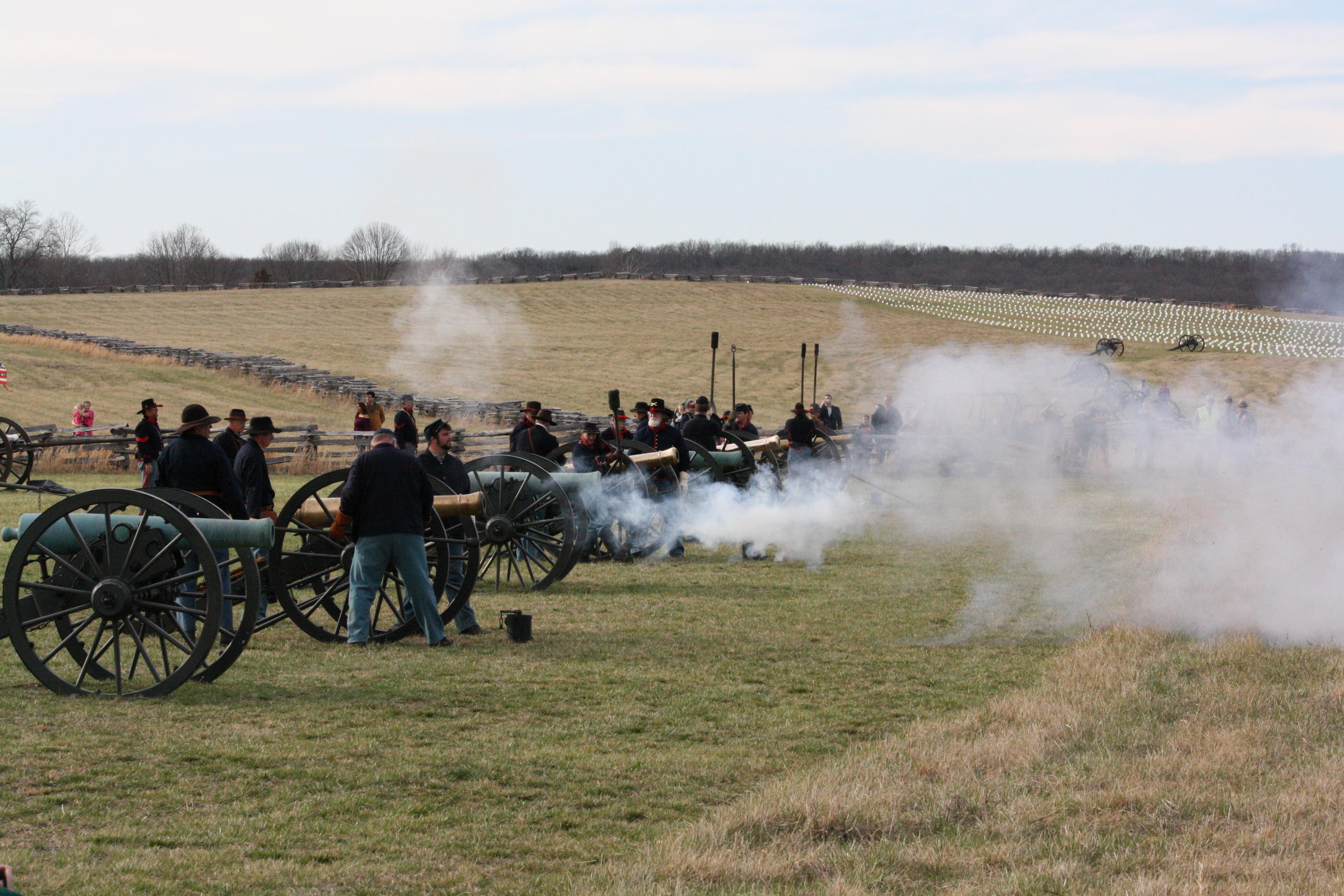
Photo of Union artilleryman reenactors standing in Cox's field firing cannon's on the 150th Anniversary of the Battle of Pea Ridge.
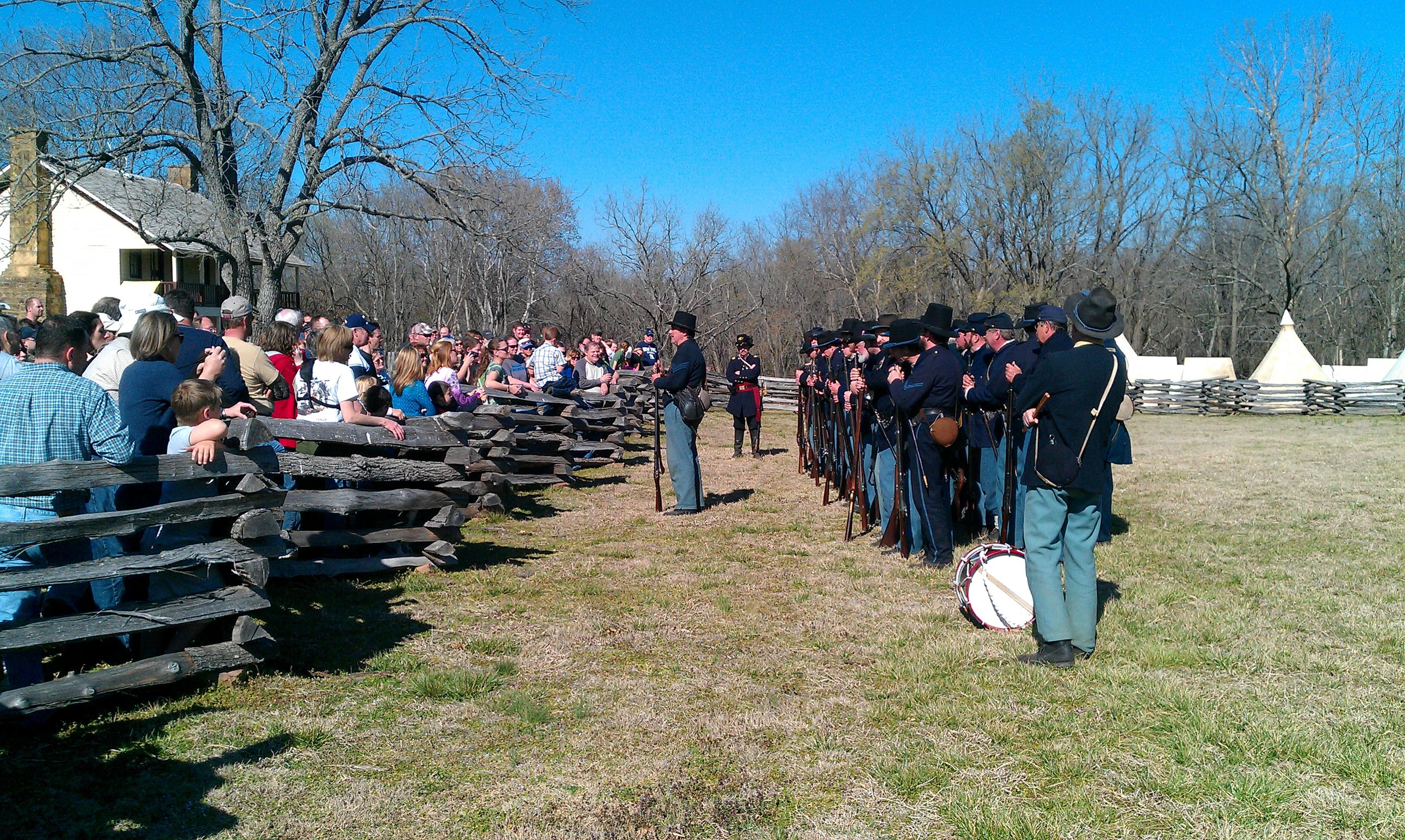
Photo of Union Infantrymen reenactors standing in front of the Elkhorn Tavern, with large crowd during demonstration on the 150th anniversary of the Battle of Pea Ridge. .
Physical Address:
15930 National Park Drive
Garfield, AR 72732
Mailing Address:
15930 National Park Drive
Garfield, AR 72732
contact-details
Phone Number: 479-451-8122 Voice
Phone Number: 479-451-0219 Fax
Email Address: PERI_Interpretation@nps.gov
Description:
Fees
Entrance Fees
Entrance Passes
On March 7-8, 1862, over 23,000 soldiers fought here to decide the fate of Missouri which was a turning point of the war in the Trans-Mississippi. This 4,400-acre battlefield honors those who fought and died on these hallowed grounds. Pea Ridge was the most pivotal Civil War battle west of the Mississippi River.
park designation:National Military Park
Directions:
The entrance road is located on Highway 62, 1.3 miles east of the intersection of Highways 62 and 72. As one is driving along highway 62, watch for the brown road signs directing one to the entrance road to the park's visitor center.
For detailed directions, please visit this link.
Directions
Operating Hours:
Park Grounds
Pea Ridge National Military Park The battlefield driving tour road is open for visitors to tour 7 days a week from 6 am to sunset.
Weather Information:
Pea Ridge National Military Park is located in the northwestern part of the state and is on a part of the Ozark Plateau. The climate is hot and humid in the summers, has mild temperatures in the fall, and drier and cooler temperatures in the winter. During the spring and summer, active thunderstorms can pop up. During the winter months, the wind chill factor can make the temperature feel much colder than the air temperature. The winters can be cold with some snow and ice.
Activities

Biking

Road Biking

Guided Tours

Self-Guided Tours - Auto

Hiking

Horse Trekking

Horseback Riding

Living History

Historic Weapons Demonstration

Junior Ranger Program

Wildlife Watching

Birdwatching

Park Film

Museum Exhibits

Shopping

Bookstore and Park Store

Gift Shop and Souvenirs

Biking

Road Biking

Guided Tours

Self-Guided Tours - Auto

Hiking

Horse Trekking

Horseback Riding

Living History

Historic Weapons Demonstration

Junior Ranger Program

Wildlife Watching

Birdwatching

Park Film

Museum Exhibits

Shopping

Bookstore and Park Store
